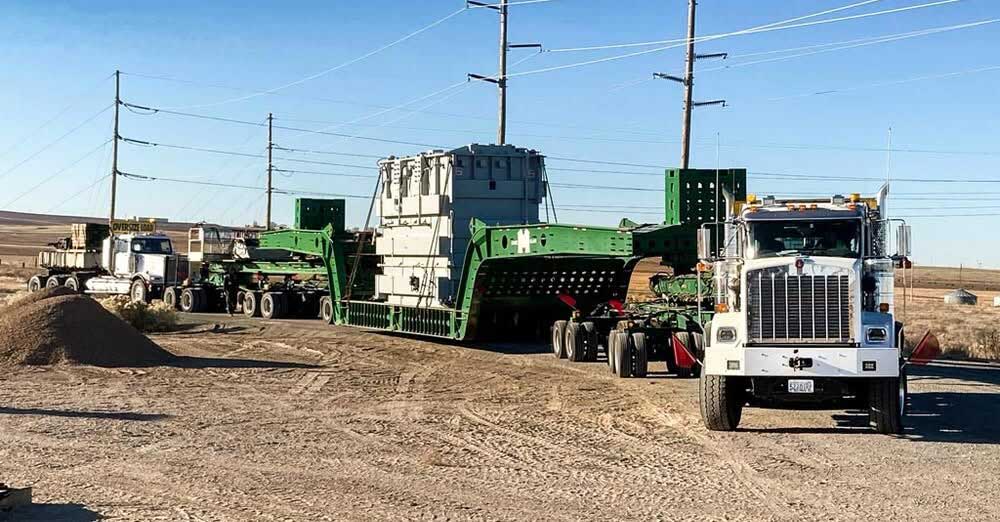Soil and Water Conservation Districts deserve spotlight this week
Published 2:35 am Tuesday, November 3, 2009
What a way to observe Soil and Water Conservation District Week.
Pendleton and Umatilla County are hosts this week for the 61st annual meeting and convention of the Oregon Association of Conservations Districts. It will bring about 200 representatives of soil and water conservation districts from throughout the state Wednesday through Saturday to the Red Lion Inn.
Appropriately, Gov. Ted Kulongoski has proclaimed Nov. 1-7 as SWCD Week in Oregon.
For nearly 70 years, Oregon’s soil and water conservation districts have helped protect the state’s natural resources through varied projects and programs that continue to stand the test of time.
Oregon Department of Agriculture Director Katy Coba, daughter of Mike and Jill Thorne of Pendleton, said projects made possible by funding and direction from the districts prove to all Oregon landowners that conservation is good business. As a result, there is a higher public expectation for clean water, environmental enhancement and watershed protection. Districts such as the Umatilla County, Tiicham and Morrow soil and water conservation districts are conservation leaders in each of their communities.
Here are a few examples:
? SWCDs’ locally elected directors and staff have provided exemplary leadership in implementing natural resource conservation programs across the state.
? SWCDs have a long history of being on the leading edge of providing technical assistance and finding financial aid to implement best conservation practices to private landowners.
? SWCDs have led the way in developing much of the on-farm infrastructure for Oregon’s irrigated agriculture.
? SWCDs are working with private landowners, state and federal agencies, and interested organizations to protect habitats for threatened and endangered aquatic and terrestrial species.
? SWCDs are continually searching for ways to implement the best scientific and technological solutions to protect and enhance Oregon’s natural resources while protecting and maintaining local economies.
That last statement truly captures the balance SWCDs seek between environment and economy, recognizing that farmers and ranchers play a critical role in resource management.
From the beginning, SWCDs in Oregon have helped landowners design and build water retention structures, and improve farm irrigation systems to increase water use efficiency. Districts help farmers and ranchers implement no-till farming practices to reduce soil loss from wind and water. They also help landowners plant and maintain grass waterways across fields to collect and store any soil that moves from the fields before it can get into Oregon’s streams.
SWCDs often help landowners with grant proposals that, in turn, pay for the design, installation and materials for a conservation project. Materials can include fencing, piping, shrubs, trees or seeds. In other cases, SWCD funds are pay for outreach and education – workshops that teach landowners how to take care of the land and water that sustains agriculture.
While it appears districts are mainly focused on rural landowners, SWCDs play an important role in urban areas as well.
Districts in populous Washington, Clackamas, and Multnomah counties have provided a number of programs and projects that actually may reach a greater number of people than those in rural counties.
Each district has a success story to tell. Projects aren’t always visible to the public, but the list is growing as landowners take care of the land and water that takes care of Oregon agriculture and our way of life.
We congratulate Oregon’s soil and water conservation districts on their success, and we welcome district representatives to Umatilla County for their annual convention.





